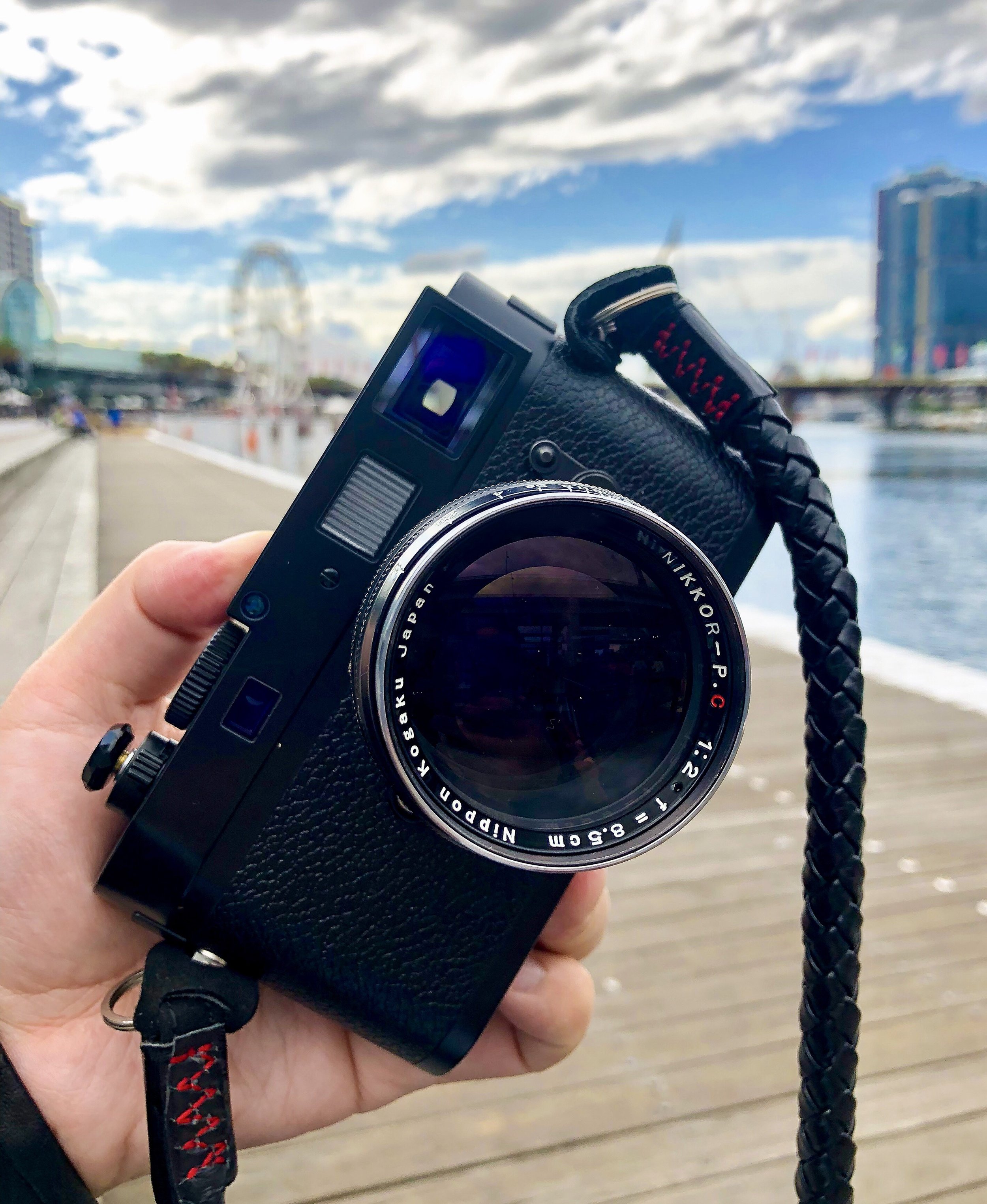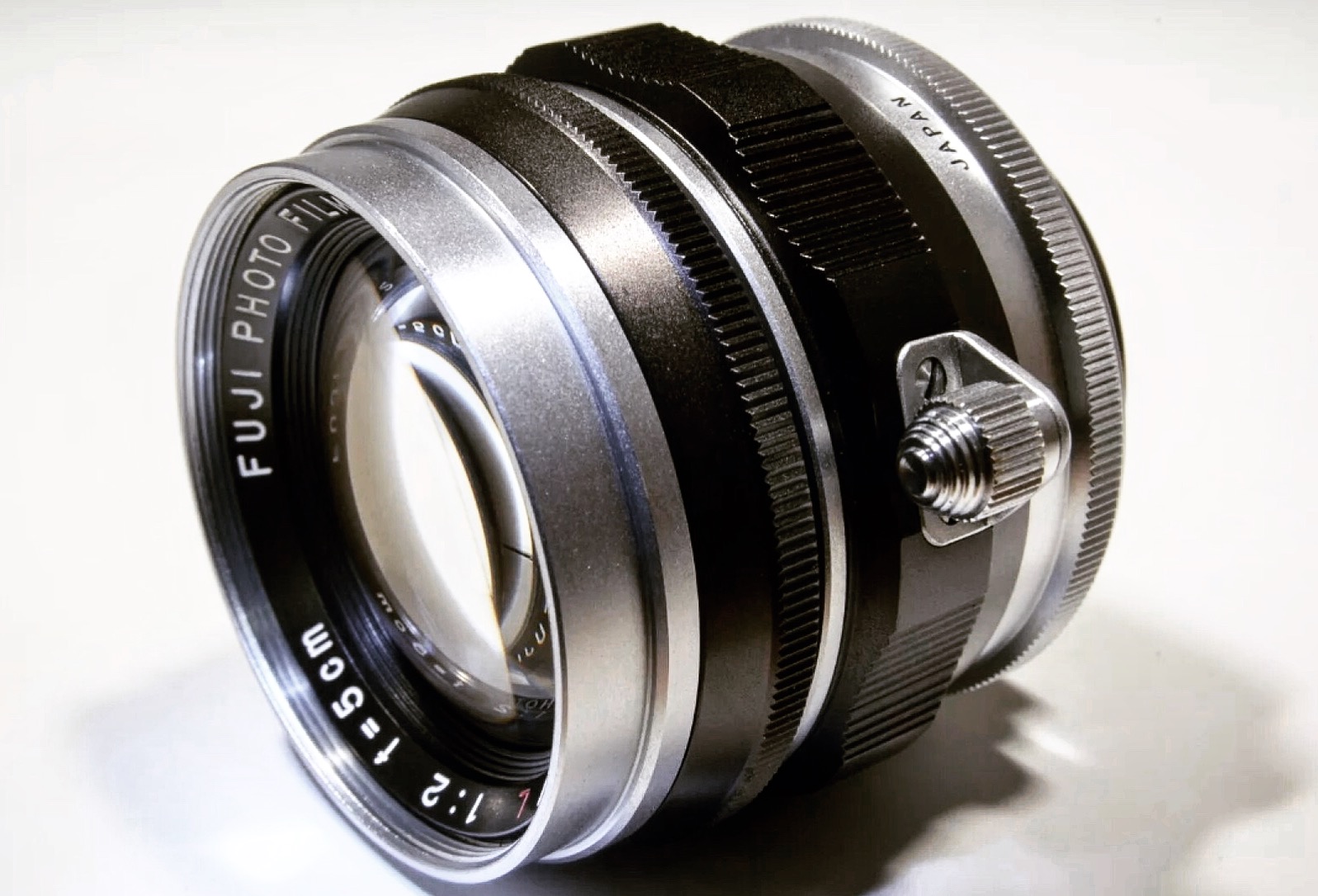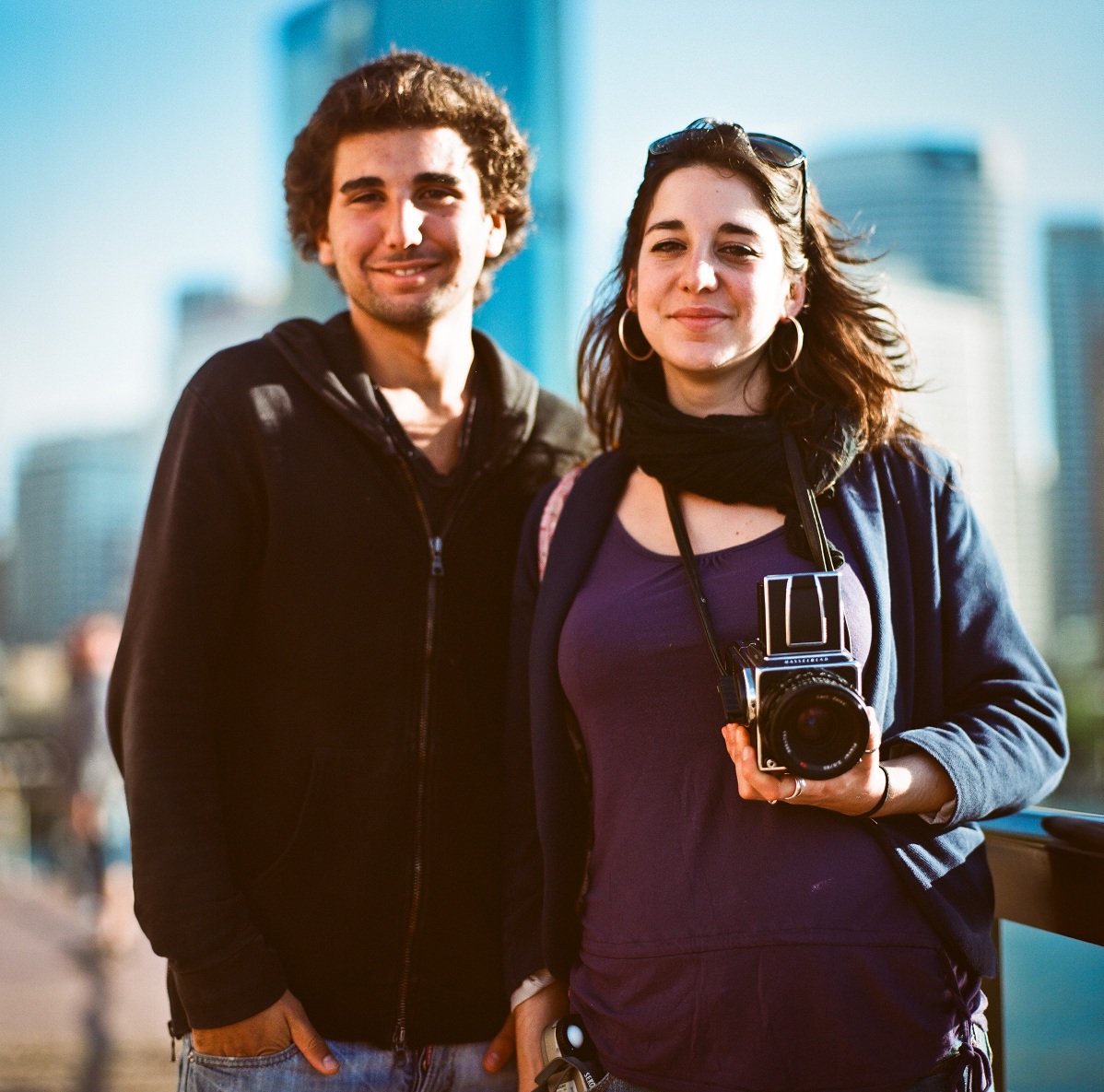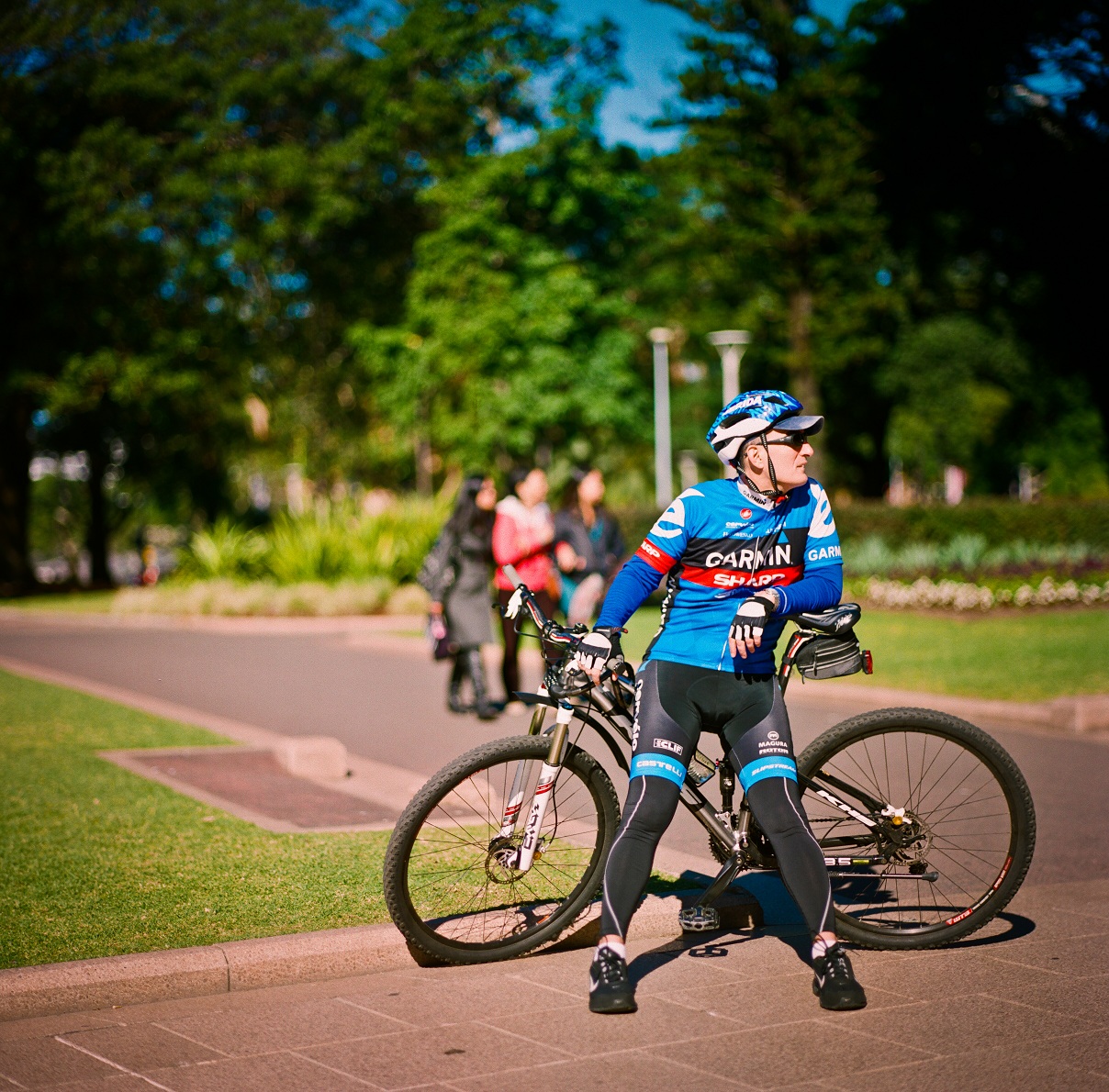Leica KE-7A with 50mm F2 Elcan Lens
The Leica KE-7A was manufactured in Canada for US Army in the 1970s and this M4 special model can withstand temperatures down to -20 degrees with dust sealed. Only 505 units were produced and 460 were acquired by the US military, identifiable as Army issue due to engravings and the rest were sold to the civilian market.
To make the military KE-7A, the company took their standard M4 beefed it up with weather sealing and a burlier shutter that could function in subzero temperatures, finished it in black chrome and removed the red dot from the front.
The Leica KE-7A was most often paired with the high performance resolving 50mm f/2 Elcan Lens. The 50mm Elcan f/2 lens uses infrared-absorbing glass made with lanthanum, a radioactive element that helps achieve an exceptionally high refractive index for heat control in making the optics. Also the 50mm Elcan lens was designed and manufactured to withstand a blast using special gaskets, which helped absorb the shock of an explosion.






















































































